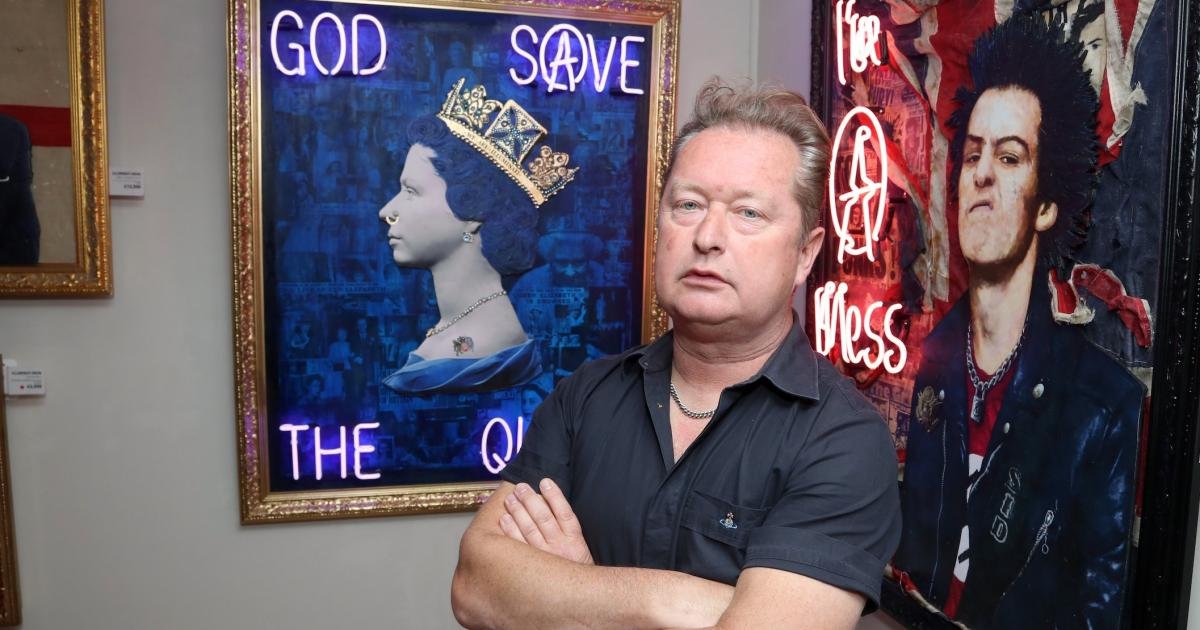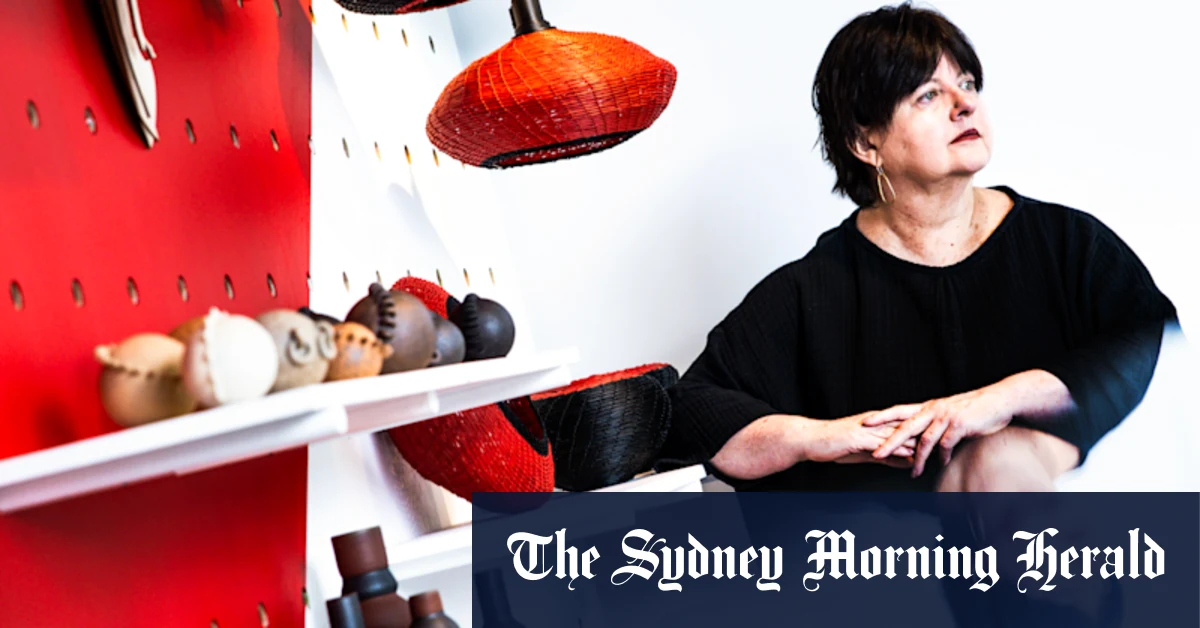Artist, writer, playwright, illustrator – and the man who made the Oscar-winning film Poor Things possible – Alasdair Gray was one of Scotland’s great creative polymaths and eccentrics, now celebrated every year on “Gray Day” (February 25). A new exhibition at the Kelvingrove Art Gallery in Glasgow has opened to reveal a selection of nine previously unseen artworks from The Morag McAlpine Bequest.
This is the first time works have been on display from the bequest gifted by him to Glasgow Life Museums following the death of his wife in 2014, which comprises artworks he created for her on anniversaries, birthdays and Christmas.
A small show like this cannot fully do justice to the vibrancy and volume of Gray’s output, but these nine pieces give a broad flavour of the artist’s working style and idiosyncratic idea development.

Looking for something good? Cut through the noise with a carefully curated selection of the latest releases, live events and exhibitions, straight to your inbox every fortnight, on Fridays. Sign up here.
Gray was a graduate of Glasgow School of Art where he specialised in murals and stained glass. In addition to being a talented artist and writer, he was also a professor of creative writing at Glasgow University.
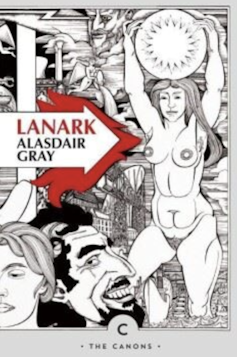
Canongate Books
His landmark novel Lanark: A Life in Four Books (1981), a story within a story of adolescence, with the mythical Unthank standing in for Glasgow, has been praised as a modern classic.
His influence on the Scottish art and literary scene was a powerful one. Regarded as the father figure of the Scottish Renaissance in art and literature, Gray’s postmodern work was a merging of realism, fantasy and science fiction, interwoven with his socialist political views. This was supported by his own book illustrations and typography. He inspired many young Scottish writers, including Irvine Welsh and Iain Banks.
Gray was also a strong Scottish nationalist. Inspired by a poem by Dennis Lee, Gray’s epigram, “Work as if you live in the early days of a better nation” was inscribed on the wall of the new Scottish Parliament building when it opened in 2004.
His creative works are deeply embedded in the psyche of the west end of Glasgow. Several of his murals are on display there, such as the one at the top of the escalators in Hillhead subway station, the surreal collages in The Ubiquitous Chip restaurant and the extraordinary night-sky ceiling fresco in Òran Mór, a church-turned-bar. These murals are a hybrid of styles, often black and white linear illustrations filled with colour, traditional painting and printmaking techniques.
These “new” artworks on display show different aspects, stages and details of Gray’s creative practice when designing artwork for print, such as the Tippex-infused works that allowed him to merge disparate elements of his cut-out collages.
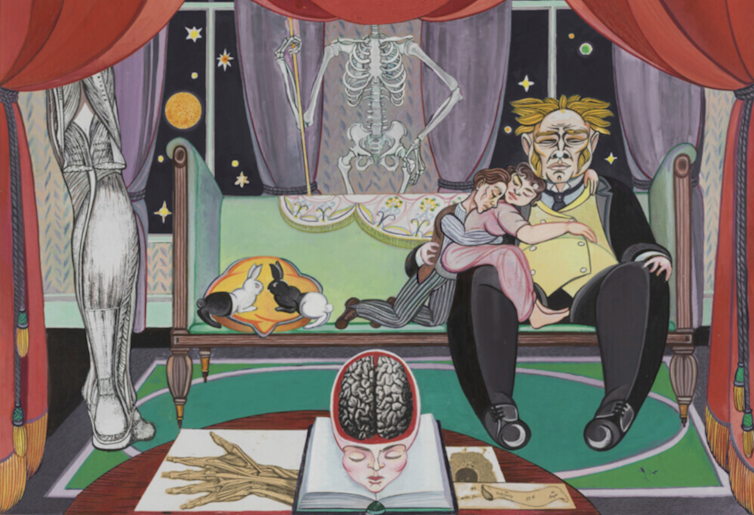
Glasgow Life Museums’ Collection © The Estate of Alasdair Gray
The highlights of the show include the original artwork for his novel Poor Things, a subversive post-modern rewrite of Mary Shelley’s Frankenstein, set in and around Glasgow, and adapted by filmmaker Yorgos Lanthimos in 2023.
Read more:
Poor Things: meet the radical Scottish visionary behind the new hit film
The illustration features the anti-hero Godwin Baxter hugging two smaller figures – the reanimated Bella Baxter and Archibald McCandless MD, the primary narrator of the novel. They are surrounded by anatomical illustrations of body parts and in the centre a woman’s head has been cut open revealing her brain. Gray’s illustrative style utilises bold ink outlines, watercolour washes and solid blocks of colour.
The front cover illustration of Agnes Owen’s A Working Mother (1994) with black line work and solid acrylic colour washes, reflects Gray’s interest in everyday life and how alcohol smooths over the cracks. Hung beside it are two versions of working class figurative character sketches for People Like That (1996), in a similar style.
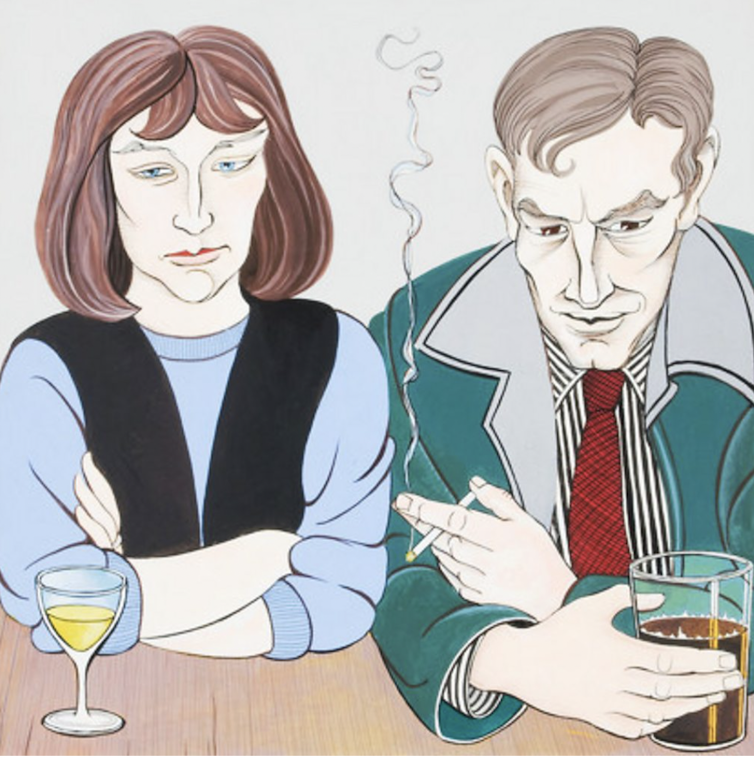
Glasgow Life Museums’ Collection © The Estate of Alasdair Gray
A black and white illustrated jacket design for Old Negatives (1989), Gray’s four-verse sequence describing aspects of love in its “absences and reverses”, has been designed using solid blocks of black with repeating motifs engraved within them.
Also included is a self-portrait of Gray as playwright, together with a series of 12 small black-and-white portraits of the performers of his play in Working Legs: A Play for Those Without Them (1997) performed by the Bird of Paradise Theatre Company. Set in a world of wheelchair users, those who can walk are monitored by the welfare state.
Gray was known for illustrating friends and family as revealed in his artwork Simon Berry and Bill MacLellan, Glasgow Publishers, Jim Taylor, Australian Writer and Printer, Shelley Killen, USA artist, where are all the figures of the title are roughly drawn with pencil and ink. The solid blue background is painted in acrylic, overlaid with Gray’s inked observations of each.
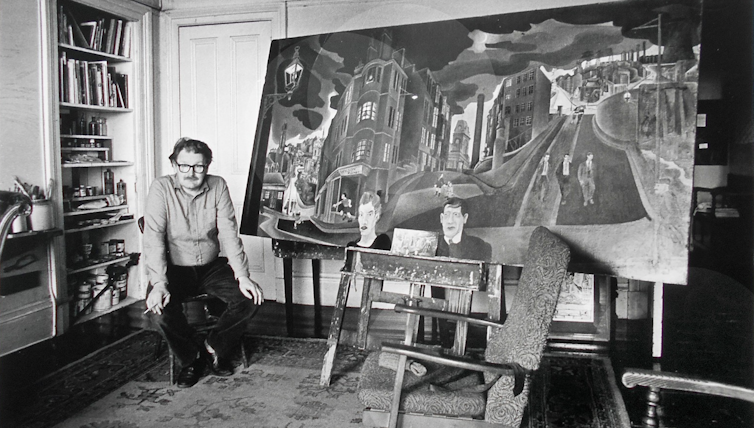
Alan Wylie / Glasgow Life Museums’ Collection
On the ground floor is what Gray called “my best big oil painting”, of a Cowcaddens streetscape in the 1950s which is by far the strongest piece on display here. Gray takes a wide-angled, almost fish-eye lens perspective to capture a famous Glasgow neighbourhood that was partially demolished and modernised in postwar development.
St Aloysius Church in Garnethill and Speir’s Wharf at Port Dundas can still be clearly seen, connecting us to the Glasgow of the present day. Gray’s narrative-driven imagery of daily life plays out, with local characters, playing children and besuited pals going out for the evening, all framed by street lamps and tenements immersed in a dark foreboding industrialised landscape.
Gray’s illustrations and artworks resonate not only with a celebration of Glasgow’s places, characters and life, they also give us insights into the intensely personal psyche of a creative genius. It’s a shame that more of this particular bequest could not have been displayed, but an opportunity to see these previously unseen works is most welcome.
Alasdair Gray: Works from the Morag McAlpine Bequest will be on show at the Fragile Gallery, Kelvingrove Art Gallery and Museum, Glasgow until June 2026
This article features references to books that have been included for editorial reasons, and may contain links to bookshop.org. If you click on one of the links and go on to buy something, The Conversation UK may earn a commission.


